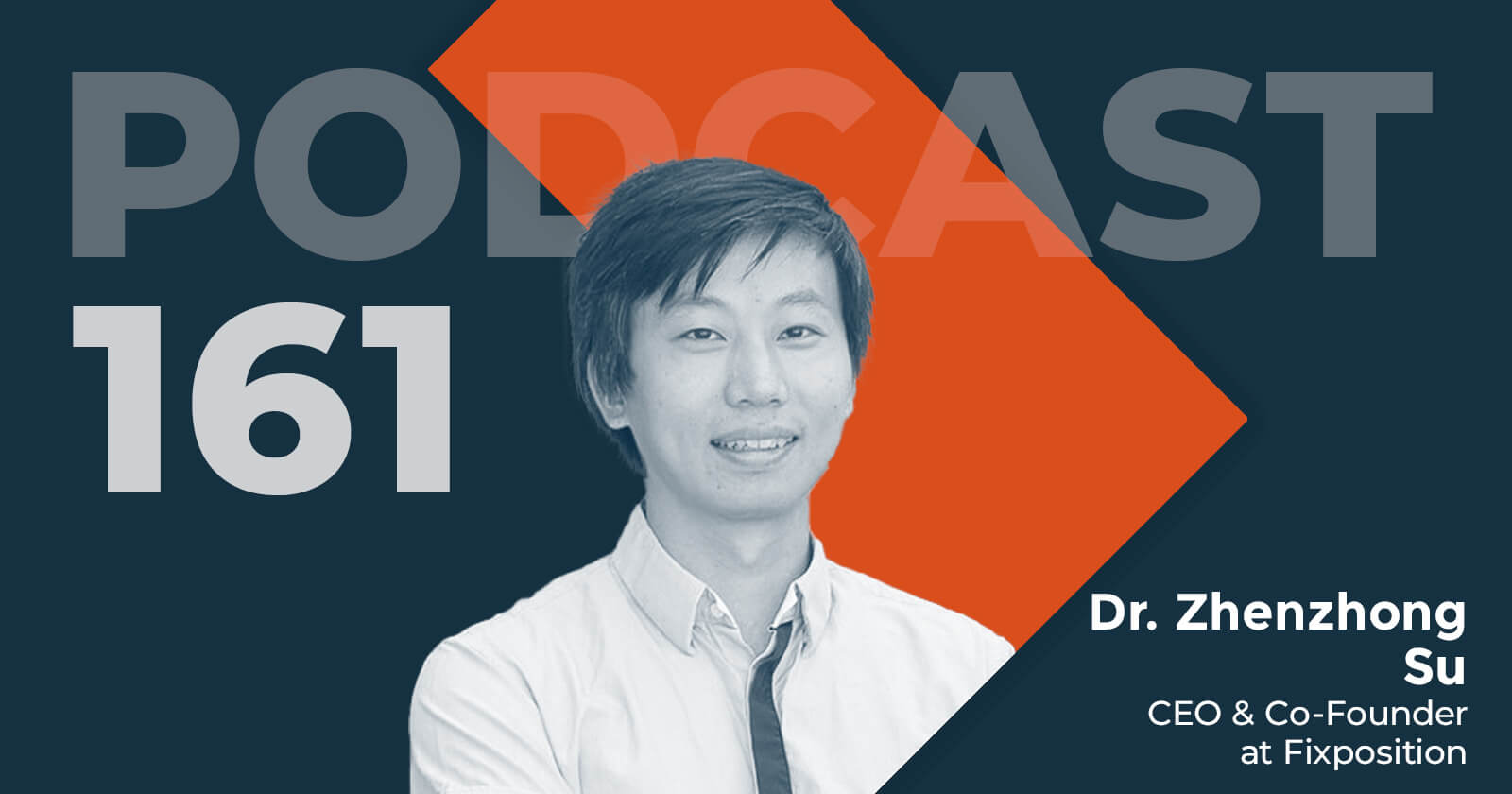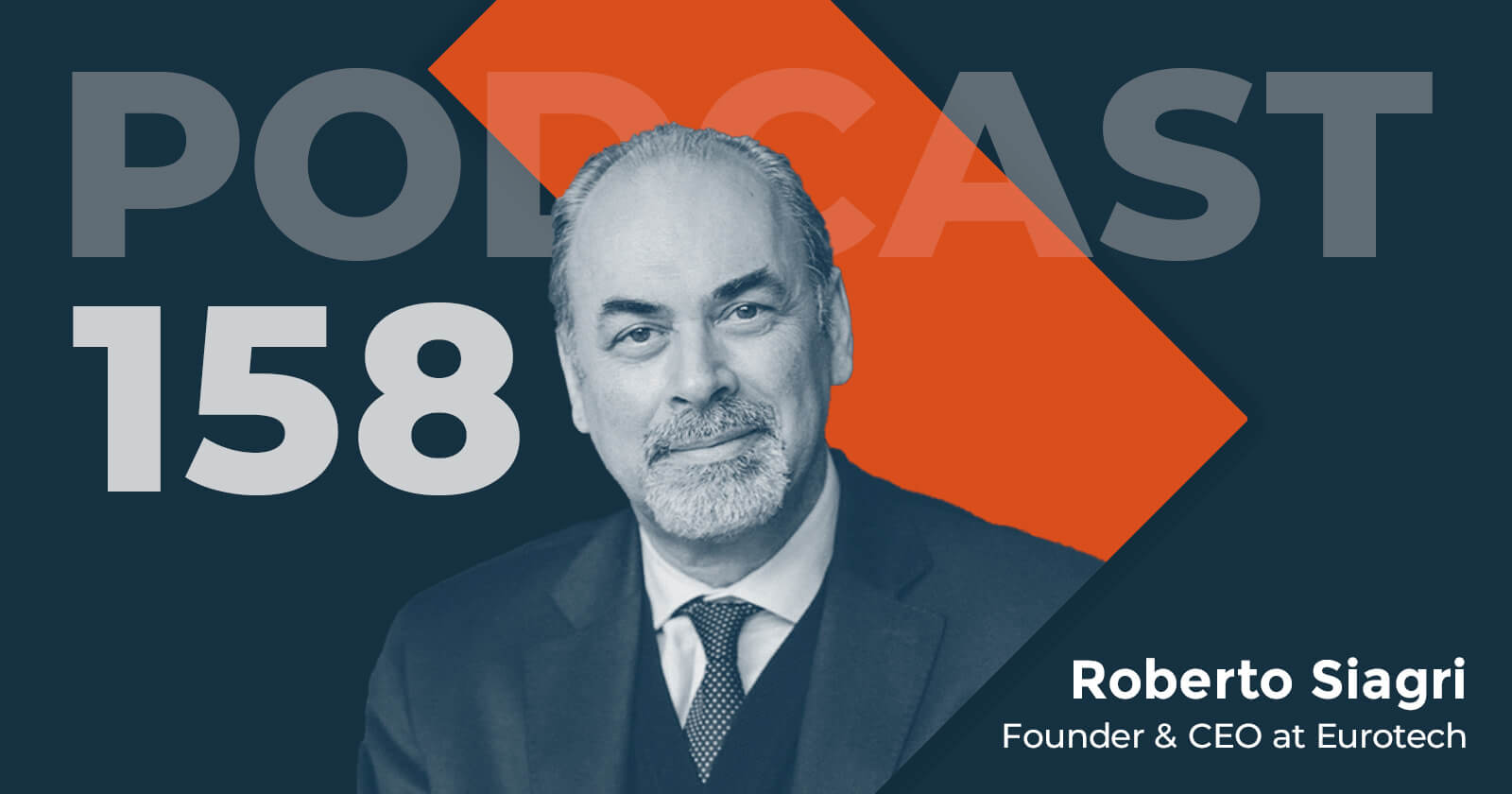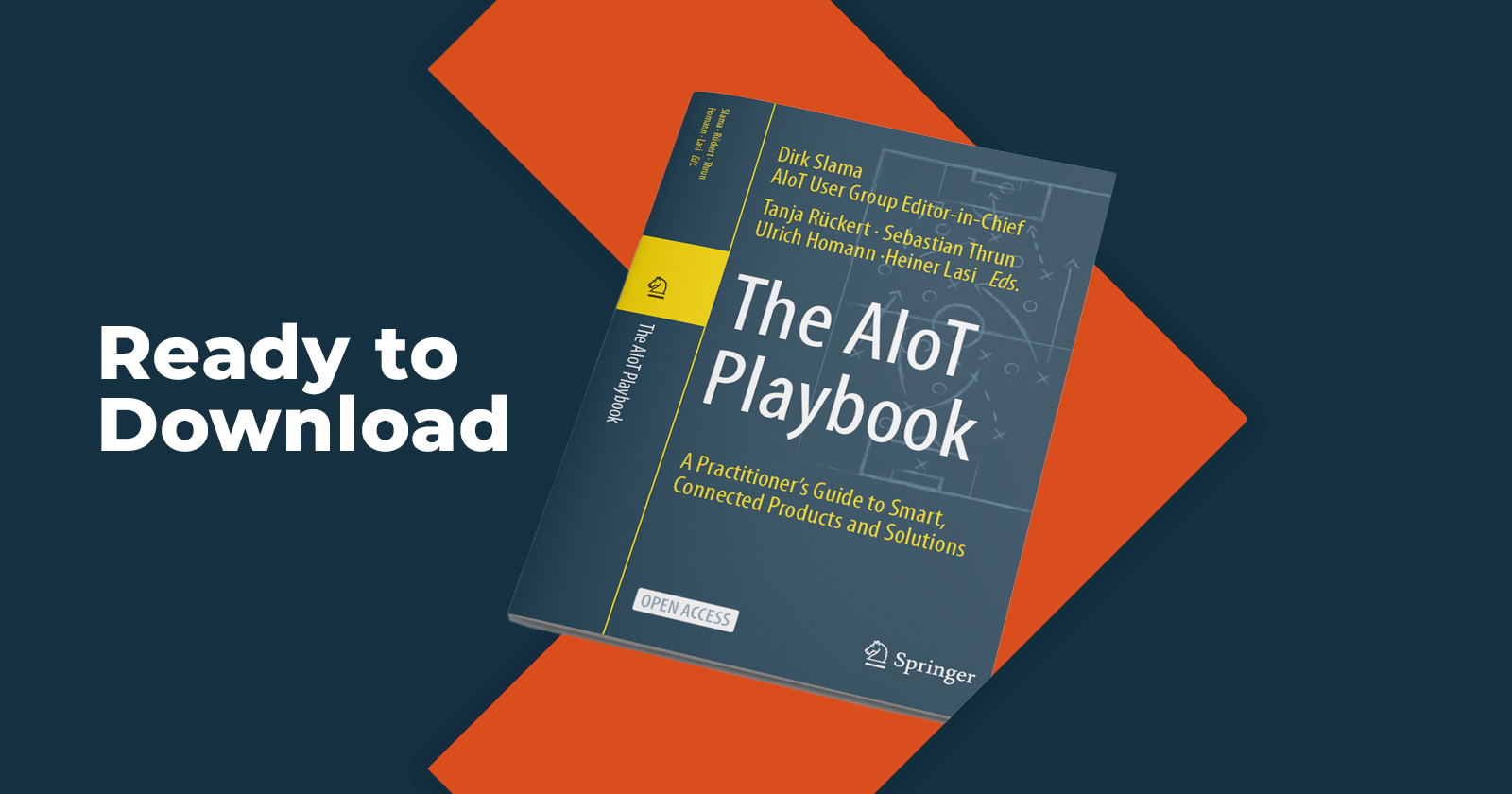Spotlight Series: Navigating Digital Change At Large Organizations - Bill Ruh
Ken Forster

This series highlights the key insights and lessons from our Digital Leadership series of podcasts. We spotlight the important takeaways from our interviews in an accessible format. The following Digital Leadership insights come from Bill Ruh, CEO of Digital at Lendlease, formerly CEO of GE Digital. Bill has been at “Ground Zero” of the emergence of the Industrial IoT. In our conversation, he shared key learnings from his experience. Listen to the full podcast interview with Bill Ruh and Ed Maguire.
How do you define Digital Transformation?
Depending on the technology perspective from which we approach digital transformation, that’s how we define it. Tech is the cornerstone of digital transformation; without the technology we wouldn’t see transformation, but it’s more that tech, it’s the outcomes. There are tables stakes – you need to think of big data, cloud, mobile delivery, cloud (Docker or Kubernetes) and the ability to manage at scale. There are also other technologies that will continue this for 20 more years: NLP, Edge Compute, Drones, AR/VR, Blockchain and Autonomous Systems are still over the horizon.
How did you look at Digital Transformation when you came to GE?
There were three major points:
- Rebooting Productivity: Industrial Productivity was flat for 4-5 years after the recession ended, and the sector needed a boost to drive productivity. Six Sigma and lean had run their course, and digital technologies provided a new way to boost productivity.
- Optimizing Assets: The world in moving to asset optimization, and this is core to what is going on.
- Combining the physical and digital: The future is not just digital. When you get to airlines, the power industry and industrials like water, all of these have a physical component. The future is combining physical and digital together. Companies like Tesla, SpaceX and even Amazon with logistics are leading the way combing physical and digital.
What are some key principles for Digital Transformation at large companies?
Startups operate at a speed where they can pivot and change the rules as needed. Large companies need to operate at two speeds: Speed One is more incremental – how to take analytics and in weeks to months focus on driving improvements to transition from the old to the new. This is a culture shift that aligns to the quarter to quarter mentality. Speed Two is where companies are trying to change the game and get something major done in a disruptive way. Big companies need both speeds – evolutionary and revolutionary.
How to set goals effectively for different speeds of transformation in the enterprise?
Every digital initiative has to be tied to a specific metric. Startups take a moonshot (and most of them fail) but it’s okay in Silicon Valley because the culture accepts failure. This culture does not exist in large companies. Companies need to take goals that are not moon shots, but “low earth orbit” goals such as reducing downtime and maintenance cost – that’s measurable and also hard to do. For moon shots, you need to aim for a 10X shift in change, and this is difficult for larger companies to think this way. The technology needs to be there for a moonshot, but execution is everything to prove it’s a viable idea and have the patience over years. Companies like Amazon are a great example of being committed to their long-term projects without sharing any metrics for a long time.
How to best align the organization for success?
Digital initiatives are a team sport. Those projects that succeed are those where the groups are maniacally focused on the job. What makes small startups powerful is that you have smart people that can move so fast together. At large companies, you need to bring the whole organization along on the same direction.
You need Digital Natives to drive the new tech stack and lead the way. Digital Migrants are those that can bridge the traditional organization with new technology and way of doing things. If you look at employees everyone has a mobile phone, and big companies forget that that’s the direct channel to their employees. They need to give employees the access through technology they are familiar with.
What are some of the organizational challenges?
Every organization has blockers: Culture - NIH (Not Invented Here), DIY (Do it Yourself) or Do Nothing are typical blockers, and that’s where you need Digital Migrants to lead the way. Leadership also needs to be fully aligned with initiatives. Business models are key, and startups are often more agile in adopting new delivery models. Funding models are also where small companies benefit - with big companies there’s too much diffusion across projects, but VC's help align focus at startups. However, when big companies get past these blockers, this can set up for real sustained success.

Momenta Partners encompasses leading Strategic Advisory, Talent, and Investment practices. We’re the guiding hand behind leading industrials’ IoT strategies, over 100 IoT leadership placements, and 17+ young IoT disruptors. Schedule a free consultation to learn more about our Connected Industry practice.



